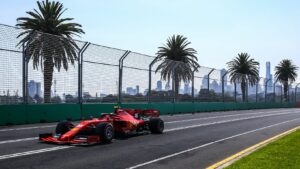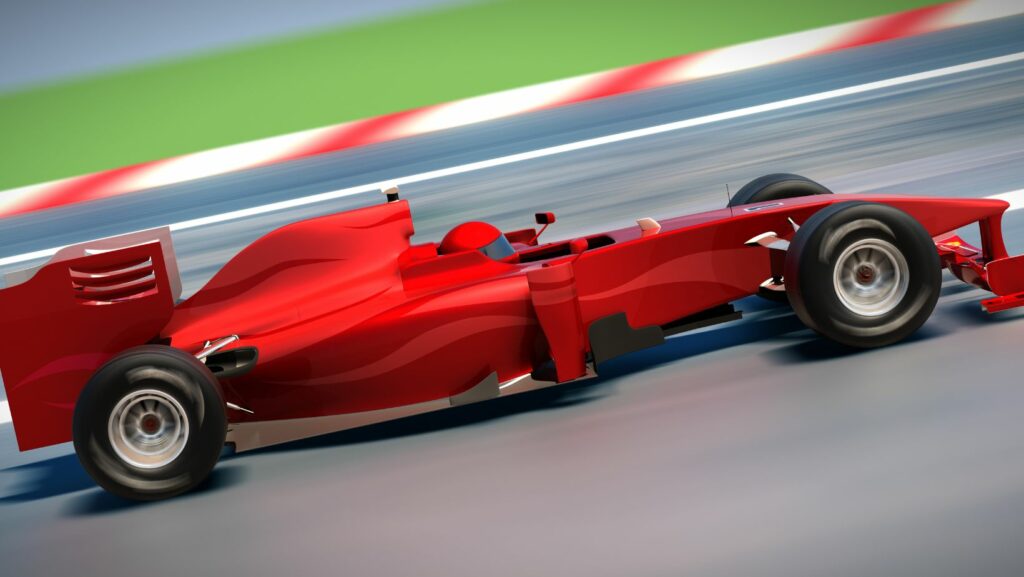The roar of a Formula 1 engine is more than just noise—it’s the heartbeat of the sport, a symphony of speed and power that captivates fans worldwide. Over the decades, the sound of F1 has evolved dramatically, reflecting advancements in technology and changing regulations. From the ear-splitting V12s of the past to the modern hybrid power units, each era has its unique acoustic signature that tells a story of innovation and engineering prowess.
The Origins Of F1 Sound
Formula 1 racing began in 1950 with naturally aspirated engines. These engines, typically larger compared to modern ones, created a distinctive, deep roar that characterized the sport’s early auditory identity. Engine configurations varied, with manufacturers experimenting with different bore and stroke dimensions to achieve optimal power output.

The use of V8, V10, and V12 engines was common in the 1960s and 1970s. These engines contributed to the intense, high-pitched sounds that became synonymous with F1. The combination of high engine speed—often exceeding 10,000 RPM—and open exhaust systems amplified this signature sound. As engineers pushed technological boundaries, the sound of F1 cars became a powerful expression of racing innovation and competition.
F1 Sound Evolution
F1 sound evolution is closely tied to changes in engine design, marking significant transitions in the sport’s auditory landscape. As F1 pursued performance improvements and regulatory compliance, engine innovations led to shifts in sound characteristics.
Shift From V10 To V8 Engines
The transition from V10 to V8 engines in 2006 dramatically altered F1’s acoustic profile. V10 engines, known for their piercing pitches and rapid gear changes, gave way to V8 engines with their distinct, subdued sound. These V8 engines, with a 2.4-liter capacity, maintained high RPMs but at reduced noise levels, in response to new regulations aiming for lower speed delivery and increased reliability.

Introduction Of Turbo Engines
Amidst the f1 sound evolution, turbo engines re-entered the sport in 2014, further transforming its auditory identity. Turbocharged V6 hybrid power units replaced naturally aspirated engines, producing a deeper, throaty sound. While initially criticized for their quieter tone, these engines demonstrate F1’s shift towards efficiency and eco-friendliness, showcasing an innovative blend of electric and combustion power.
Impact Of Regulations
Formula 1’s sound evolution is significantly influenced by regulatory changes, affecting engine specifications and noise levels to align with environmental and safety objectives.
Noise Limitations And Their Consequences
Regulatory bodies implemented noise limitations to address issues of public nuisance and safety. In 2008, these regulations led teams to redesign exhaust systems, resulting in reduced noise output. While purists lamented the loss of the iconic, high-pitched scream, these changes prioritized sustainability and public acceptance.
Hybrid Era Sound Characteristics

The introduction of hybrid power units in 2014 marked a new chapter in F1 sound evolution. These units integrated turbocharged V6 engines with electric components, producing a quieter, lower-frequency sound. Fans initially criticized this shift from the roaring V8s for not matching the visceral auditory experience.
Technological Innovations
Technological advancements have played a crucial role in the evolution of F1 sound, altering acoustic signatures through various means.
Influence Of Aerodynamics On Sound
Aerodynamics significantly impacts F1 sound. In past decades, car designs prioritized speed and downforce, often amplifying mechanical noises as air flowed around components. As aero technology evolved, quieter designs emerged by smoothing airflow and reducing drag. This shift meant less air turbulence, which naturally softened some of the harsh engine sounds. The sophisticated aerodynamics of modern F1 cars capture and direct air more efficiently, subtly influencing the auditory experience.
Exhaust System Developments
Exhaust systems have been central to F1’s sound evolution. Early F1 cars featured straightforward systems with little concern for sound damping, leading to loud and raw engine noises. As regulations tightened to address noise concerns, teams developed innovative systems to meet these standards. The introduction of mufflers and resonators became essential, allowing engineers to tailor sound output while maintaining performance.
This evolution highlights the sport’s commitment to innovation and an eco-conscious future. As F1 continues to innovate, its sound will likely evolve further, offering fans a new auditory experience that blends the sport’s rich heritage with cutting-edge technology.



